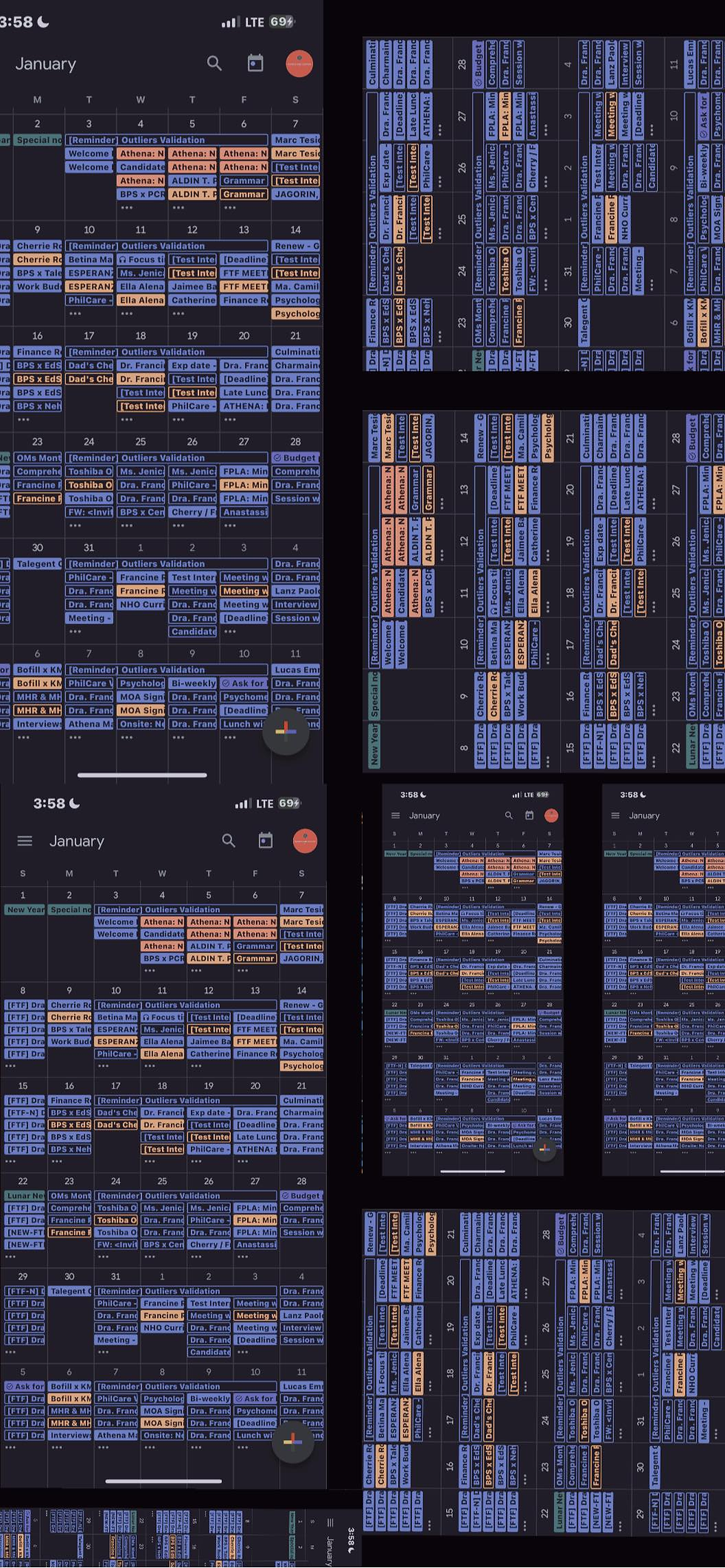Filipinos Mental Health Amidst Pandemic
- Marie Joy Dela Cruz
- Feb 28, 2022
- 4 min read
December of 2019, an unprecedented challenge emerged and took the whole world by surprise. An unseen enemy identified as coronavirus pervaded and caused a significant casualty in every country. The virus outbreak that stemmed from Wuhan, China, presented immense havoc worldwide, leading to a global pandemic. Unfortunately, the Philippines was one of the countries greatly affected by this catastrophe. As of today, WorldoMeter (2021) reported that the Philippines has 1,572,287 cases of coronavirus, with a death toll of 27,577, garnering the 24th spot of the highest cases of coronavirus worldwide (WorldoMeter, 2021). With the present circumstances, everyone was mandated to execute a system change in which adjustments were made to prioritize the needs of every Filipino. One of the drastic changes implemented in the Philippines was the lockdown which started on March 15, 2020.
With the implementation of lockdown, also referred to as community quarantine, every Filipino was instructed to stay at home and maintain social distancing for the safety of everybody. However, the situation escalated to unexpected events wherein continuous deaths have been reported, and new strains of the virus were discovered. As presented, it was not surprising that the mental health of the Filipinos is immensely affected and must be given priority. According to Dr. Vergara (2020), the Mental Health National Professional of the World Health Organization, 85% of Filipinos became concerned with their mental health. The increase of record stemmed from the fear of being affected by the coronavirus, losing their livelihood, and the inability to experience the situation that everybody was used to (Vergara, 2020). To emphasize, Zhang et al. (2020) mentioned that having a restriction towards social mobility leads to a stressful situation due to preventing physical connection and traditional social interaction. In addition, Newman and Zainal (2020) also indicated that the lack of social interaction causes long-term distress and decreased emotional well-being.
Highlighting the study of Tee et al. (2020), it was revealed that during the initial phase of the coronavirus pandemic, 16.3% of the participants reported that they experienced moderate to the severe psychological impact. Meanwhile, 16.9% of the participants have moderate to severe depressive symptoms. Regarding having anxiety symptoms, it garnered the highest result, which was 28.8% of the participants are suffering from the said symptoms. The remaining 13.4% of the participants indicated moderate to severe stress signals. The factors that contribute to the tremendous psychological impact of the participants are physical symptoms, quarantine protocol, prolonged stay at home, inadequate self-reported health status, increase of unnecessary worry, concern towards the family getting sick, and state of being discriminated by other countries. This situation leads to heightened levels of depression, stress, and anxiety. In light of this, the greatly affected population is females, people aged from 12 to 21 years old, single individuals, and students (Tee et al., 2020). Congruent with the presented study, the National Center for Mental Health (NCMH) revealed that an increasing number of hotline calls regarding depression are recorded every month. From the 80 hotline calls during the early phase of the pandemic, it heightened up to 400 hotline calls. (Maramag, 2020), which presents a significant increase in people needing psychological help.
Due to the current situation, the Department of Health and World Health Organization jointly promote the importance of mental health and seeking psychological help, particularly during this pandemic. The Department of Health launched two projects. The first project is about the multi-sectoral approach incorporated with mental health programs and interventions for the high-risked group. Meanwhile, the second project was a National Suicide Prevention Strategy that constitutes the project entitled “Kamusta Ka? Tara Usap Tayo,” which is a crisis hotline that offers psychological services, such as psychological first aid. It was launched on May 2, 2019. It also includes UP Diliman Psychosocial Services, which provides on-call counseling for the frontliners.
To highlight, the following projects and actions adhere to the RA 1103 or the Mental Health Act regarding suicide prevention services (Maramag, 2020). Indeed, this global pandemic imposed numerous challenges that everyone struggled to overcome. Moreover, it greatly affected not only the physical health but certainly, the mental well-being of everybody. Being in the state of prolonged lockdowns and an increase of coronavirus cases, the rising cases of depression, anxiety, suicide, and other mental health issues follow. As presented, these events heightened the demand for mental health care and mental health services in the Philippines.
References
Maramag, G. (2020, September 10). DOH and WHO promote holistic mental health wellness in light of World Suicide Prevention Day. World Health Organization. https://www.who.int/philippines/news/detail/10-09-2020-doh-and-who-promote-holistic-mental-health-wellness-in-light-of-world-suicide-prevention-day
Newman, M. G. and Zainal, N. H. (2020). The value of maintaining social connections for mental health in older people. The Lancet Public Health, 5, e12–e13.
Tee, M. L., Tee, C. A., Anlacan, J. P., Aligam, K., Reyes, P., Kuruchittham, V., & Ho, R. C. (2020).
Psychological impact of COVID-19 pandemic in the Philippines. Journal of affective disorders, 277,379–391. https://doi.org/10.1016/j.jad.2020.08.043
Vergara. J. (2020, May 24). Mental health expert: 85% of Filipinos concerned with their mental health amid pandemic | ANC. ANC 24/7. https://www.youtube.com/watch?v=W-9yvDro8Mc
WorldoMeter. (2021, July 29). https://www.worldometers.info/coronavirus/
WorldoMeter. (2021, July 29). Philippines. https://www.worldometers.info/coronavirus/country/philippines/
Zhang J., Wu W., Zhao X., Zhang W. Recommended psychological crisis intervention response to the2019 novel coronavirus pneumonia outbreak in China: a model of West China Hospital. Precision Clinical Med. 2020;3(1):3–8. doi: 10.1093/pcmedi/pbaa006.




Comments